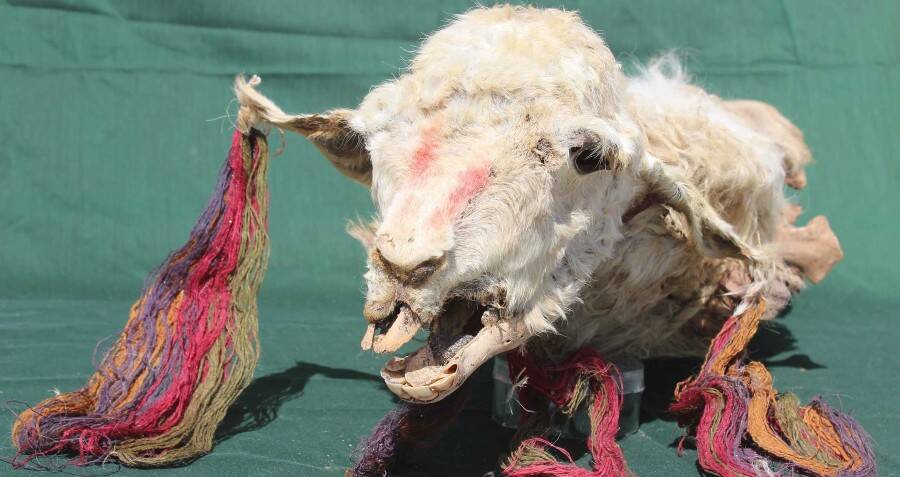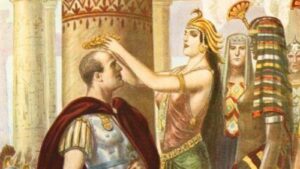Secrets Frozen in Time: How 500-Year-Old Buried Llamas Reveal the Mysteries of the Incas
It’s clear that each offering made by the Incas had its own significance and purpose.
As the researchers wrote in their study, “Through these ceremonies, the Inca created new orders, new understandings and meanings that helped to legitimise and justify their actions to both the conquerors and the conquered.”
Next, learn why the Incas may have deliberately built the famous Machu Picchu site along fault lines and read about the return of the 500-year-old Incan ‘princess’ mummy that was finally repatriated to Bolivia.
Auto Amazon Links: No products found.














